10 Ways to Use Fall Leaves to Feed Your Garden
Fallen leaves may look like a mess, but they hold hidden potential for your garden. They are rich in nutrients that help plants grow stronger and healthier. Turning them into compost or mulch can give your soil exactly what it needs to thrive. This simple seasonal task can save you money and effort later on.
This post may contain affiliate links, which helps keep this content free. Please read our disclosure for more info.
Turn Fall Leaves into Garden Compost
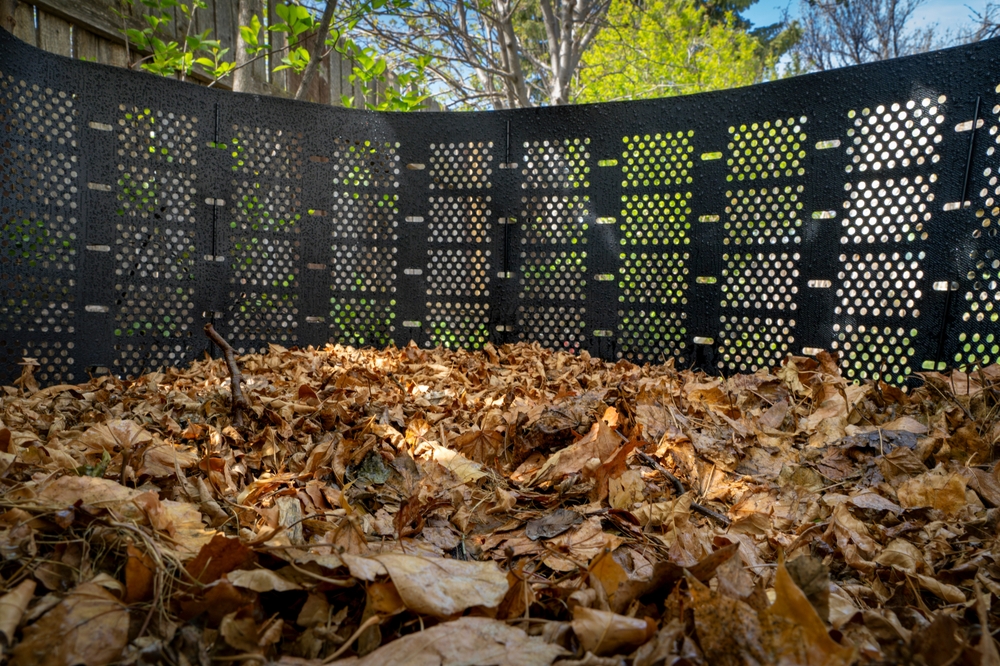
Fallen leaves make an excellent base for homemade compost. They contain valuable nutrients like carbon that help balance kitchen waste such as fruit peels and vegetable scraps. When layered properly, leaves break down into dark, rich compost that nourishes the soil. Regularly turning the pile keeps it aerated and speeds up decomposition. In a few months, you will have healthy compost ready to mix into your garden beds.
To start, shred the leaves with a mower or shredder to help them decompose faster. Add them to your compost bin in layers, alternating with green materials like grass clippings. Keep the pile slightly moist but not soggy for best results. Turning it every couple of weeks maintains airflow. Once it turns crumbly and dark, it is ready to use in your garden.
Use Fall Leaves as Mulch Around Plants
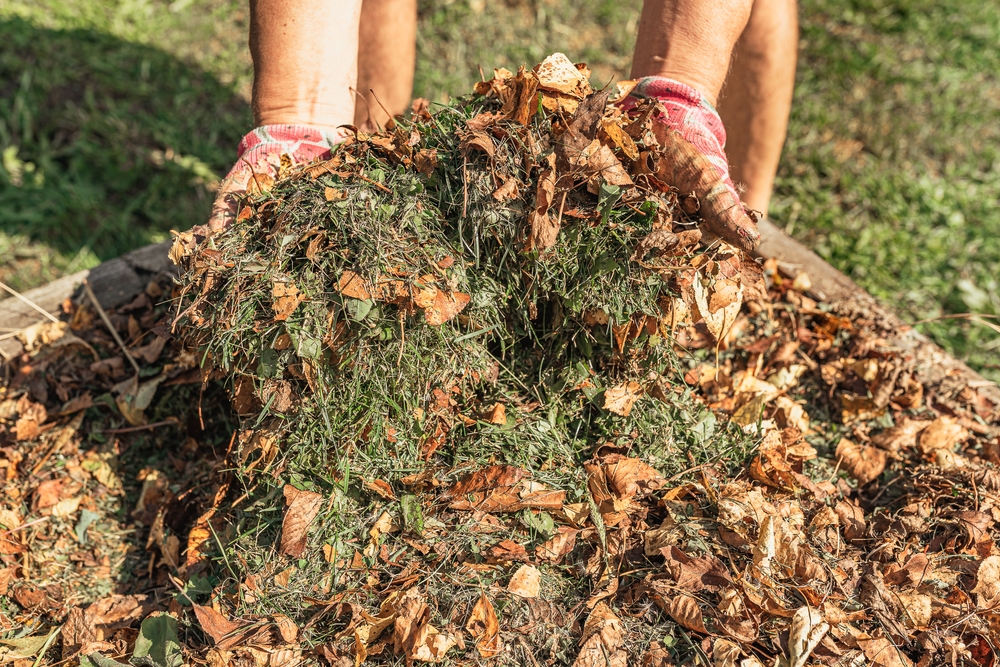
A thick layer of shredded leaves around garden plants helps retain moisture and block weeds. As the leaves decompose, they feed the soil with organic matter. This natural mulch keeps roots warm during colder months. It is especially useful for perennials and shrubs that benefit from stable soil conditions. Using leaves this way keeps your garden healthy and your soil enriched.
Shred the leaves before applying them so they do not mat together. Spread a two to three-inch layer around your plants, keeping it slightly away from the stems. This allows air circulation and prevents rot. The layer will slowly break down through the season, feeding your soil in the process. By spring, your plants will be ready to grow stronger.
Create Leaf Mold for Soil Improvement
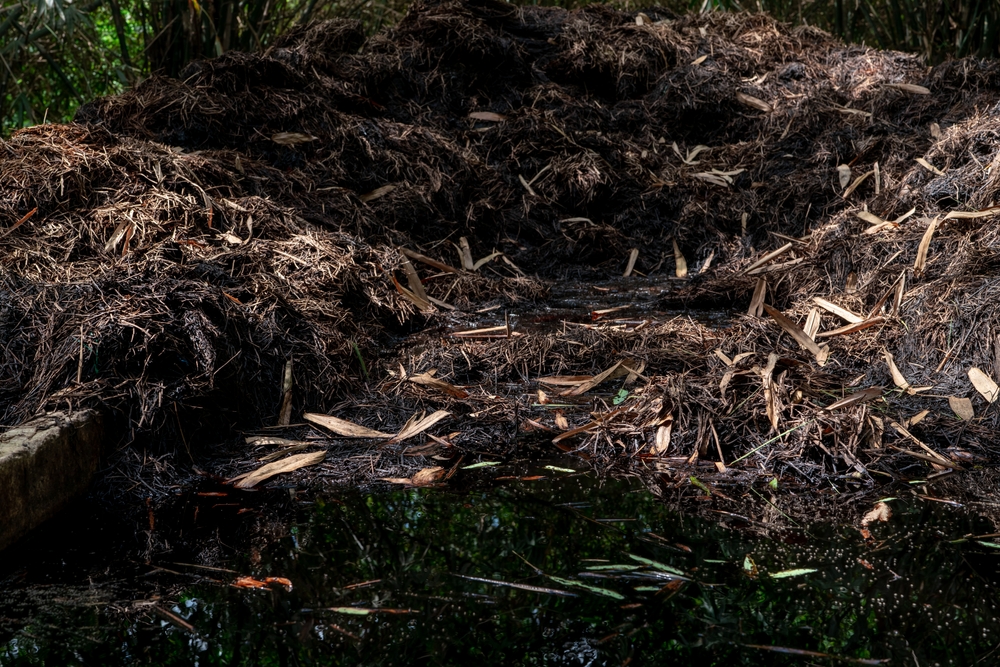
Leaf mold is a simple way to improve garden soil texture and water retention. It forms when leaves break down over time into soft, dark material. This natural conditioner helps heavy clay soils drain better and sandy soils hold moisture longer. Gardeners love it for its ability to create healthy growing conditions for roots. Collecting and storing leaves now means nutrient-rich material for next year.
Pile the leaves in a corner of your yard and lightly moisten them. You can store them in a bin, bag, or open heap. Turning them once in a while helps the process along. It may take several months to a year to fully break down. When ready, add it to your garden beds to improve the soil’s texture and structure.
Use Fall Leaves for Raised Bed Insulation

When temperatures drop, garden beds need extra warmth to protect roots. Layering fall leaves between garden rows or under raised beds creates insulation that keeps the soil warmer. This helps late-season crops continue growing longer into the season. The leaves trap heat and moisture while adding nutrients as they decay. It is a natural and low-cost solution to extend your growing period.
To use them, fill the spaces around raised beds with a layer of dry leaves. You can also spread them directly over the soil once harvesting is done. When spring arrives, work the decomposed leaves into the ground. This adds organic matter while reducing the need for fertilizers. It is a simple way to keep your garden active even as the weather cools.
Make Leaf Tea Fertilizer
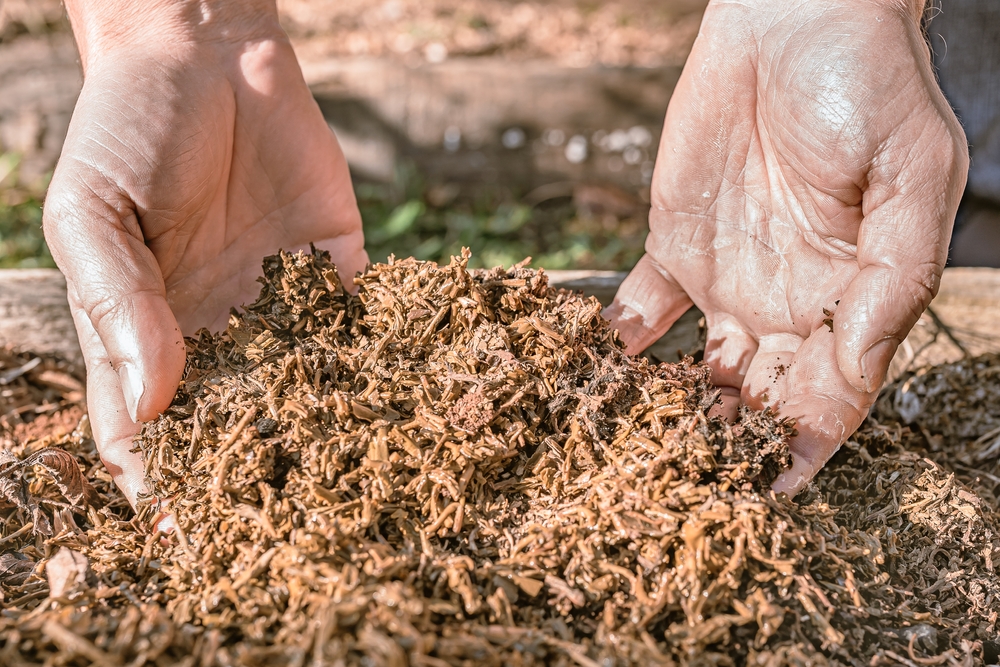
Leaf tea is an easy liquid fertilizer made by soaking fall leaves in water. The soaking process extracts nutrients that can be poured directly onto garden soil. This homemade solution gives plants a gentle boost during their growing cycle. It is especially useful for potted plants and raised gardens. Using leaf tea saves money while giving your garden a natural source of nourishment.
To prepare it, fill a bucket with shredded leaves and cover them with water. Let the mixture sit for a week, stirring occasionally. Once the water turns dark brown, strain out the leaves. Use the liquid to water your plants or pour it around their base. The leftover leaves can be added to your compost pile for extra benefit.
Build a Leaf Pile Habitat for Beneficial Insects
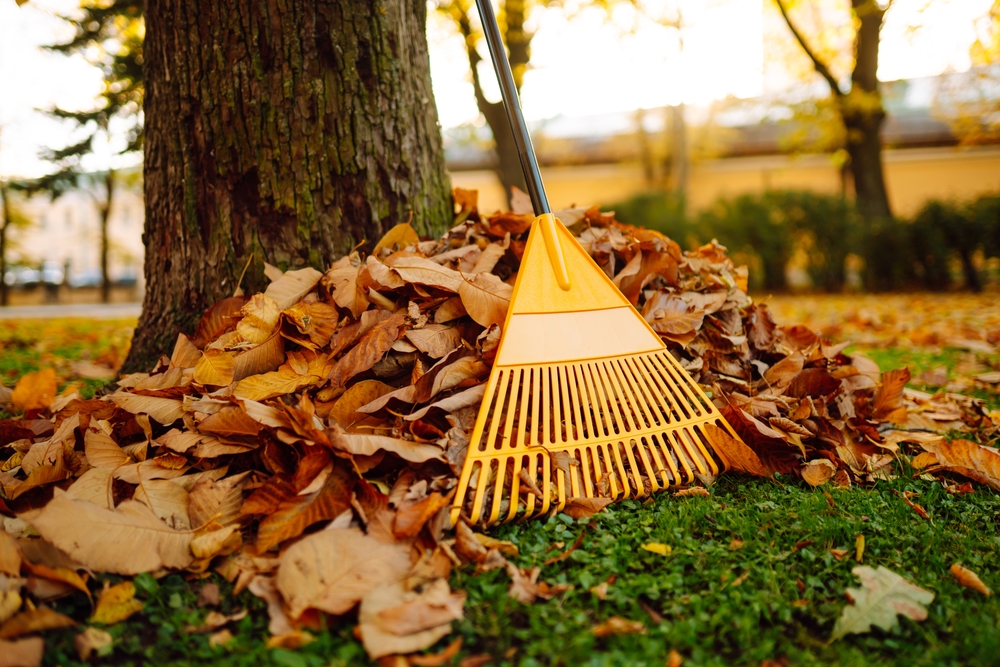
A pile of fall leaves offers more than garden nutrients. It provides a home for insects and pollinators. Ladybugs, bees, and butterflies often use these piles for shelter during cold weather. These helpful creatures keep your garden healthy by pollinating and managing pests. Creating a leaf pile invites them to return when spring arrives. It is a simple act that supports natural balance in your garden.
Pick a quiet corner of your yard and stack a loose pile of leaves. Avoid compressing them too tightly so air and moisture can flow through. You can add a few sticks or twigs to create structure. Over time, the leaves will break down and feed your soil. In the meantime, they give small creatures a safe place to overwinter.
Add Leaves to Garden Pathways

Fallen leaves can make soft, natural pathways through your garden. They keep the soil from compacting and prevent mud during rainy days. As they decompose, they feed the ground beneath with organic matter. This creates a natural look while benefiting the earth below. It is both practical and decorative for your outdoor space.
Lay down a thick layer of dry leaves along your walkways. You can mix in wood chips to make them last longer. Rake fresh leaves into the path as needed throughout the season. By spring, the bottom layer will have started to break down into nutrient-rich material. It is an easy way to keep your garden paths useful and eco-friendly.
Mix Leaves into Vegetable Beds

Incorporating shredded leaves into vegetable beds improves soil structure and fertility. As they decompose, they release essential nutrients plants need to grow. The mix keeps soil light, allowing roots to spread easily. It also attracts earthworms that help aerate the ground naturally. Adding leaves now prepares your beds for a productive planting season.
To mix them in, spread a layer of shredded leaves across the bed surface. Turn them into the top few inches of soil using a rake or shovel. Water lightly to help them settle and begin breaking down. Over winter, the organic matter will blend with the soil. Come spring, your beds will be rich and ready for planting.
Create a Leaf Bed for Compost Worms
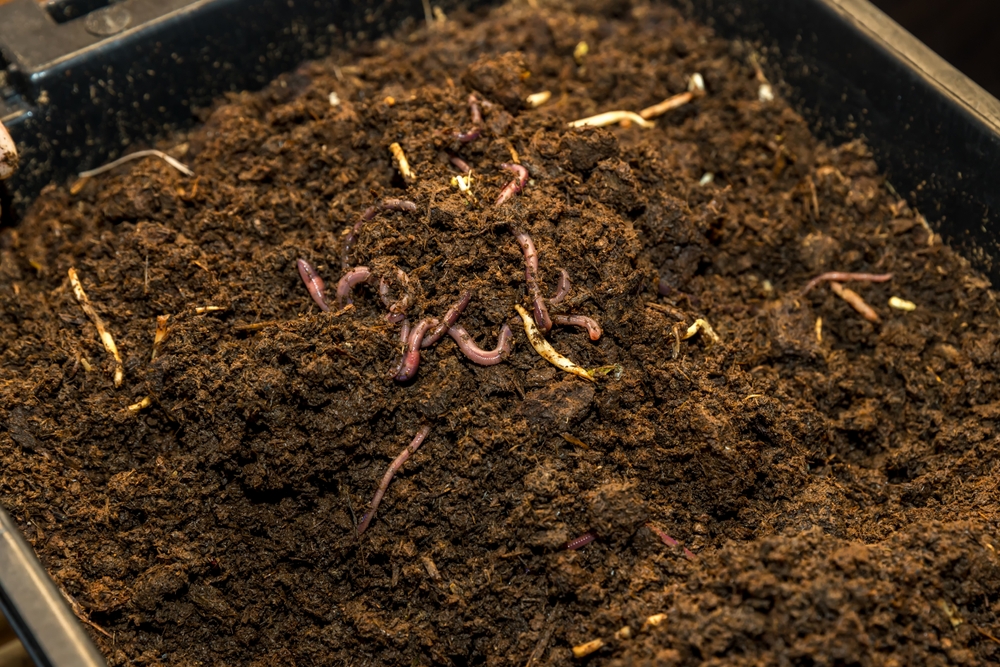
Leaves provide a comfortable bedding material for composting worms. Their fibrous texture and nutrients make them ideal for worm bins. Worms feed on the decaying leaves and turn them into rich castings. These castings can be added to gardens for extra fertility. Using leaves in worm composting keeps your system balanced and thriving.
Tear the leaves into small pieces before adding them to the worm bin. Mix them with shredded paper and a little moisture to create soft bedding. Add kitchen scraps on top for the worms to feed on. Over several weeks, the leaves will break down completely. This method produces nutrient-rich material for your plants and reduces waste.
Fill Compost Bins with Stored Leaves for Winter Use
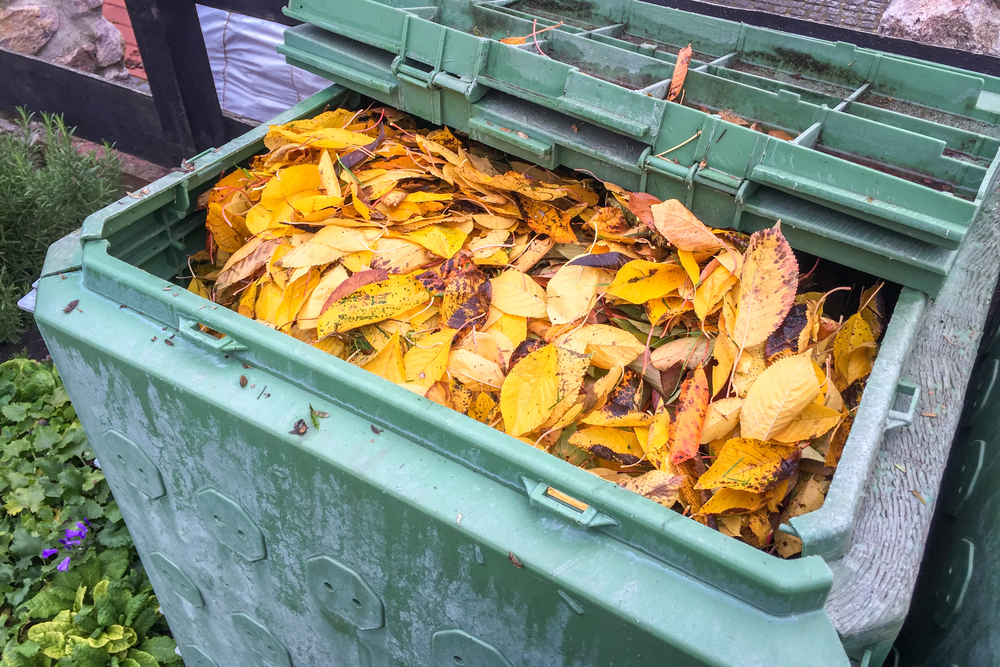
When garden activity slows down, leaves can keep your compost pile active through winter. Their carbon content balances kitchen waste, preventing the pile from going dormant. Adding them regularly helps maintain composting even in cold weather. It keeps organic material breaking down year-round. The result is ready-to-use compost when spring arrives.
Store dry leaves in bags or bins near your compost area. Add a handful whenever you add food scraps or green material. This keeps the carbon-to-nitrogen ratio balanced. Turn the pile occasionally to maintain airflow. By the time winter ends, your compost will be rich and well-prepared.
This article originally appeared on Avocadu.
